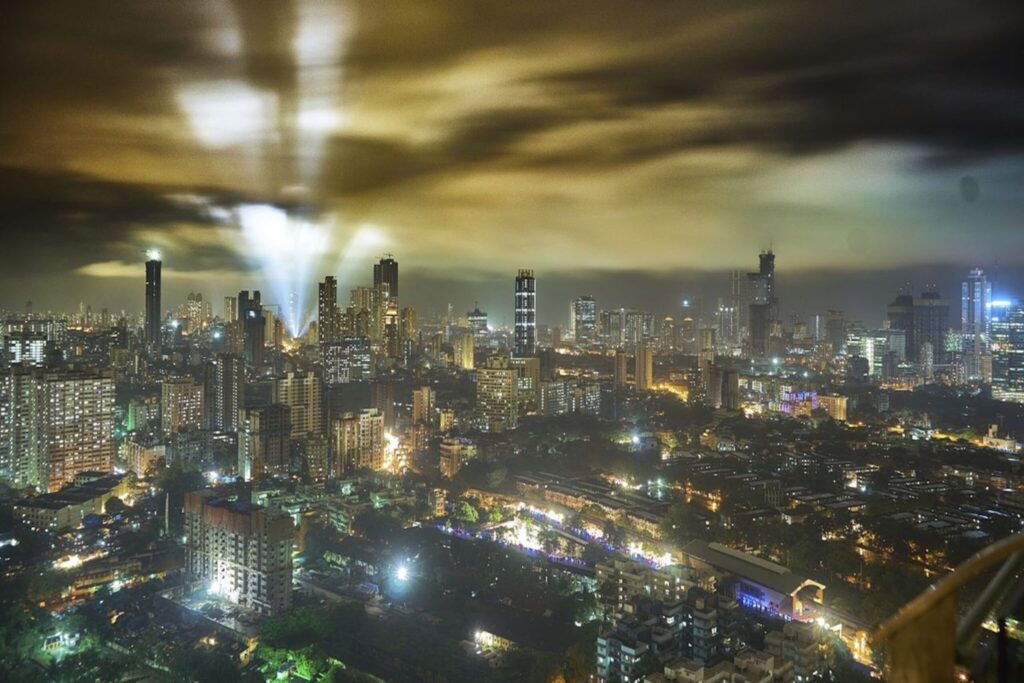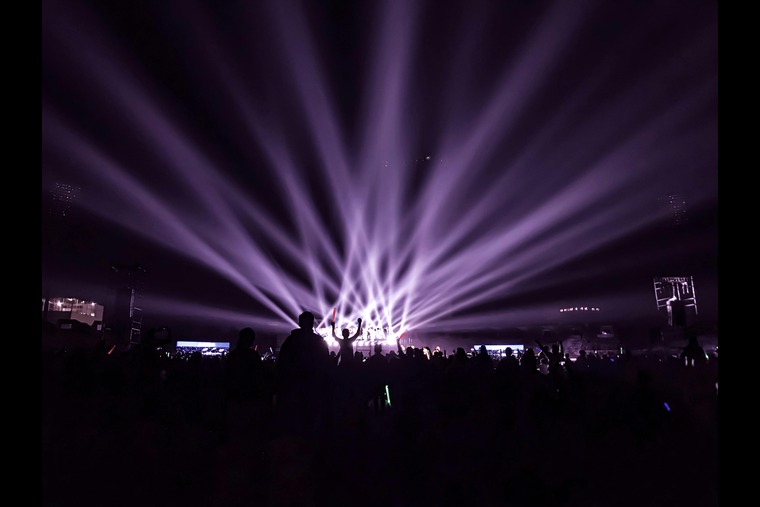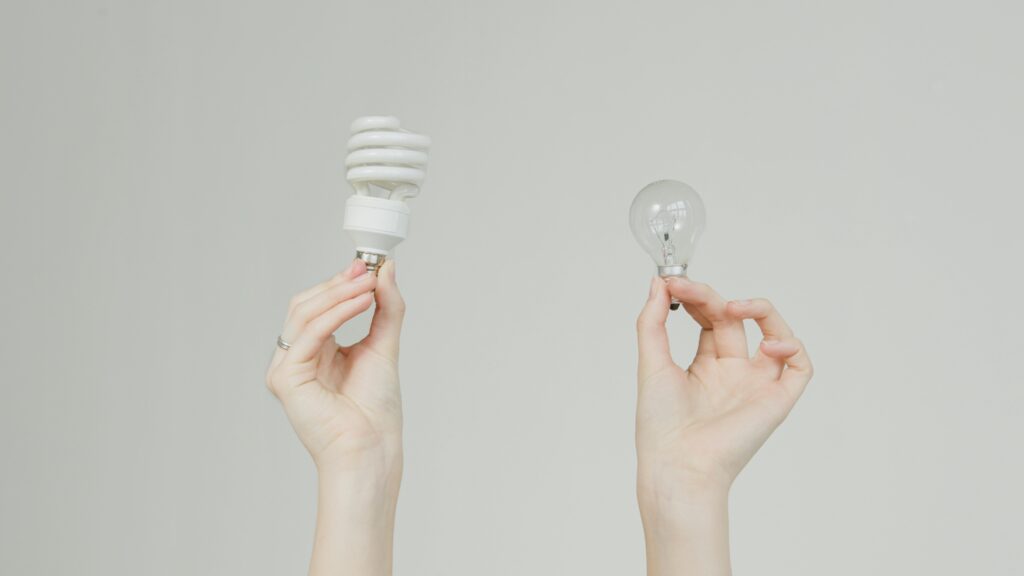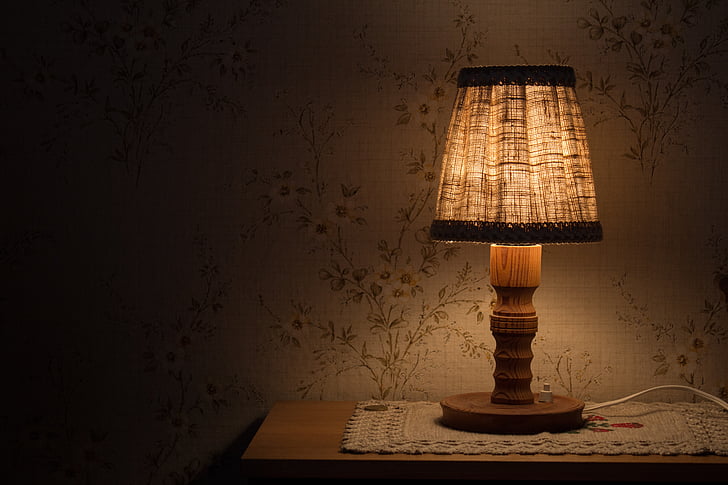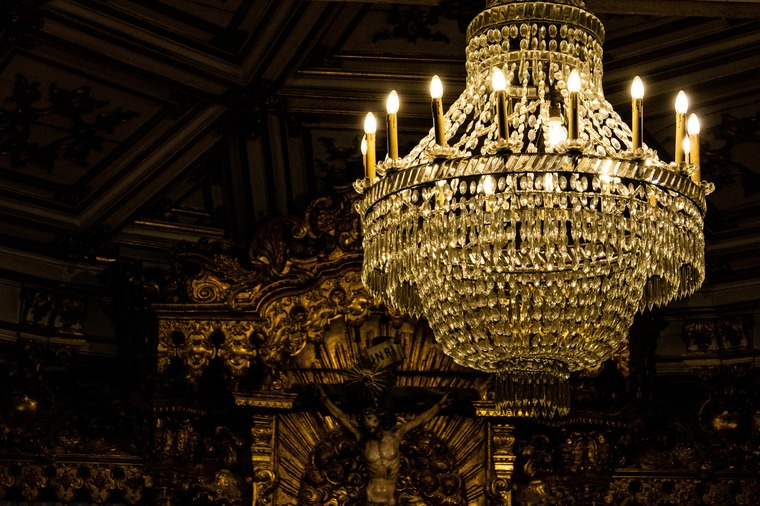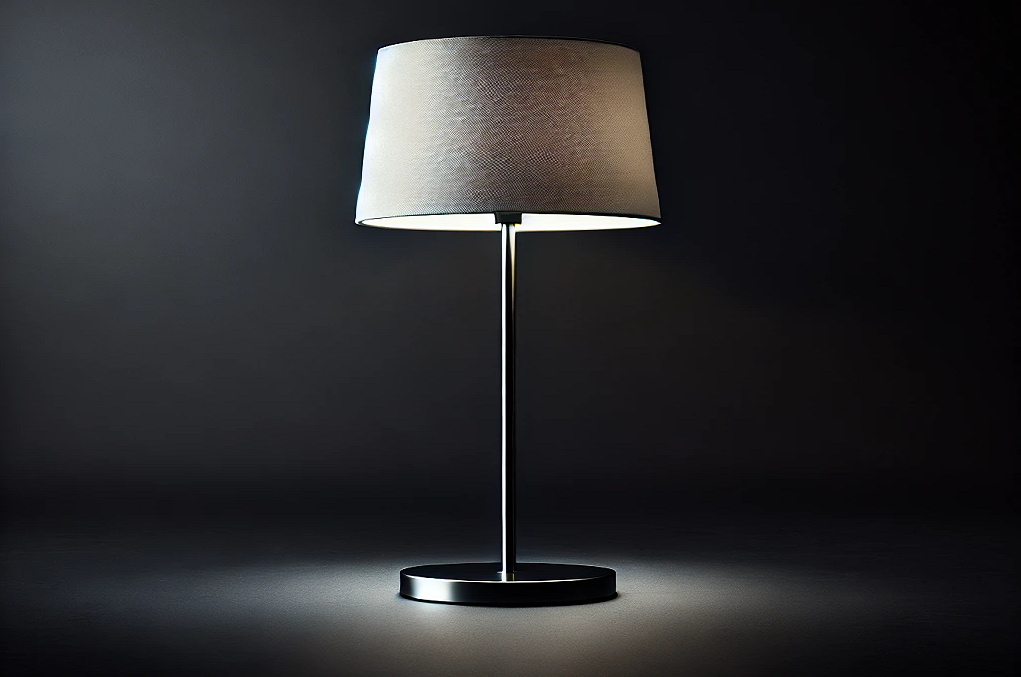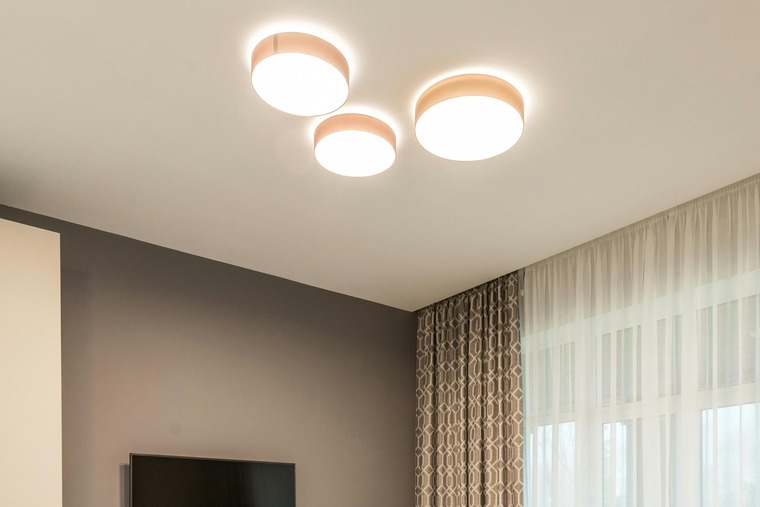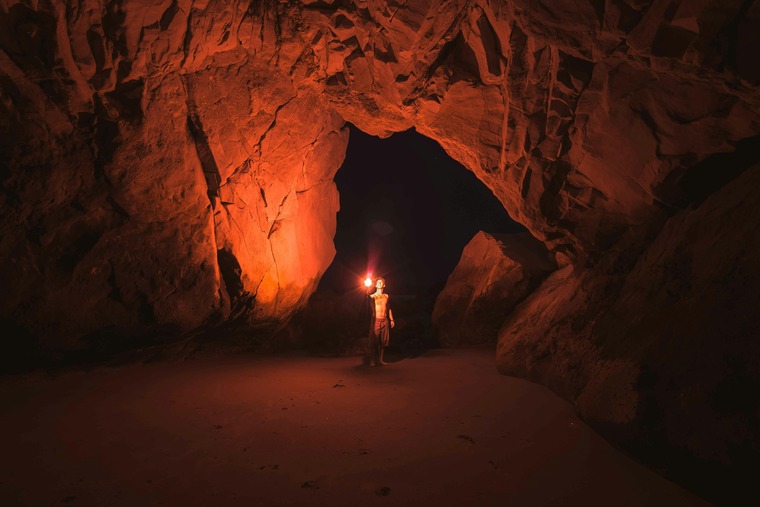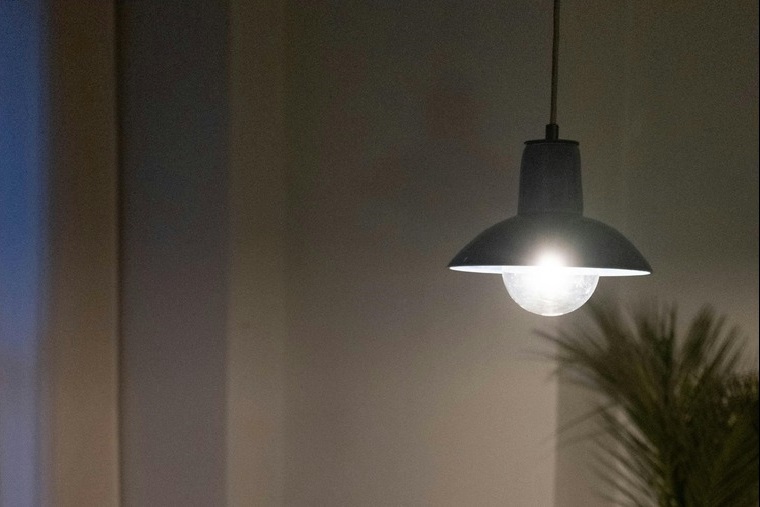Light pollution is an increasing issue in today’s world, affecting not only our night skies but also our health, wildlife, and energy use. With urban areas expanding and artificial lighting becoming more widespread, addressing light pollution has become more critical than ever. This article will delve into the different types of light pollution, its impacts, and practical light pollution solutions.
Understanding Light Pollution
Light pollution is the result of excessive, misdirected, or intrusive artificial lighting caused by human activities. It can appear in various forms:
- Skyglow: This phenomenon brightens the night sky over populated areas, making it difficult to see stars and other celestial bodies.
- Glare: Excessive brightness from poorly designed lighting fixtures causes visual discomfort and reduces visibility.
- Light Trespass: Unwanted or intrusive light spills into areas where it is not needed, such as homes or natural habitats.
- Clutter: The excessive grouping of lights in urban environments can confuse and disorient both wildlife and humans
Effects of Light Pollution
Light pollution doesn’t just take away our beautiful starry nights. It also affects our health by disrupting sleep patterns and can harm wildlife by confusing their natural behaviors. Additionally, it wastes energy because a lot of light is used inefficiently. Light pollution can also make it harder for astronomers to study the night sky. Overall, it has many negative impacts on both the environment and our daily lives.
- Health Issues: Being around artificial light at night can mess up our body’s natural sleep cycle. This can lead to problems like trouble sleeping, feeling more stressed, and other health issues.
- Wildlife Disruption: Many animals use natural light to find their way, reproduce, and look for food. Light pollution can confuse them, making it hard for them to survive and harming their habitats.
- Increased Energy Consumption: When we use lights inefficiently, we end up using more energy. This not only wastes resources but also increases the amount of greenhouse gases released into the atmosphere.
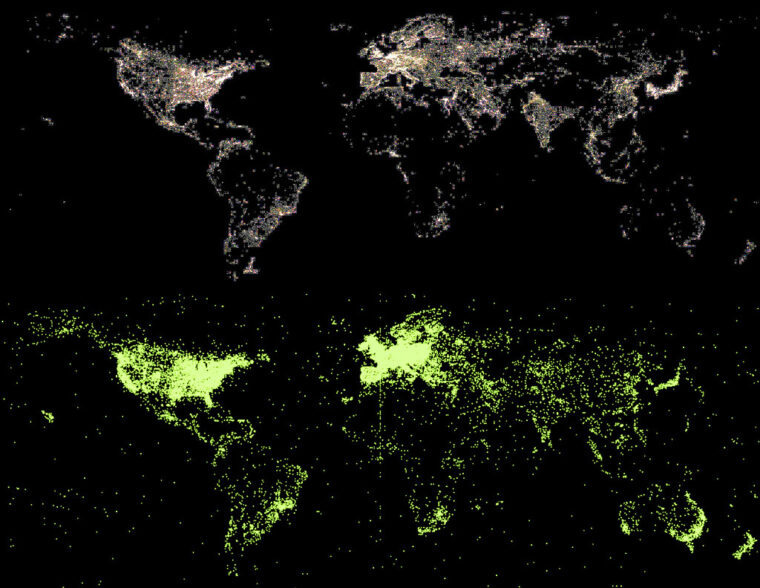
Solutions to Light Pollution
1. Community Awareness and Education
Increasing awareness about light pollution is essential. Educational campaigns can help people understand how light pollution affects our environment and health, and highlight the advantages of preserving dark skies. Schools can teach students about this issue, while local governments and community groups can organize workshops and information sessions to involve and educate residents. By doing so, we can encourage more people to take action against light pollution
2. Implementing Smart Lighting Design
- Full Cut-off Fixtures: These lighting fixtures are designed to direct light downwards, which helps prevent light from spilling into the sky and reduces glare. This makes them more efficient and less disruptive to the night environment.
- Smart Lighting Systems: By using smart technology, these systems can automatically dim lights during times when they are not needed, such as off-peak hours or when no one is around. This helps to reduce unnecessary lighting and save energy.
- Motion Sensors: These sensors ensure that lights only turn on when they detect movement. This means lights are only used when necessary, which saves energy and reduces light pollution
3. Legislation and Policy Changes
Local and national governments can play a vital role in combating light pollution through regulations:
- Lighting Ordinances: Creating laws that mandate the use of lighting fixtures designed to minimize light pollution in new construction projects can greatly reduce the amount of unnecessary light in the sky.
- Zoning Laws: Setting up regulations that control the amount of outdoor lighting in residential and commercial areas can help protect local wildlife and ecosystems from the harmful effects of light pollution.
- Public Spaces: Designing parks and other public areas with strategies to reduce light pollution encourages people to enjoy these spaces while preserving the natural environment
4. Promoting Outdoor Lighting Alternatives
Promoting the use of alternative lighting methods can help decrease our dependence on artificial lights
- Use of Solar Lights: Solar-powered lights are a great option for outdoor areas. They capture sunlight during the day and use it to light up spaces at night, reducing light pollution.
- Natural Landscaping: Adding trees and other plants can absorb and block excess light, helping to create a more natural and pleasant nighttime environment. This approach not only enhances the beauty of the area but also supports local ecosystems.
5. Community Dark Sky Initiatives
Communities can come together to promote dark sky initiatives by taking small steps.
- Star Parks: Creating protected areas known as “dark sky parks” can provide safe spaces for stargazing. These parks are specially designed to minimize light pollution, allowing visitors to enjoy clear views of the night sky. They also serve as educational sites where people can learn about the importance of reducing light pollution and how it benefits both the environment and our health.
- Regular Events: Organizing events like star parties or moon viewings can help people connect with the night sky. These gatherings offer opportunities for communities to come together and appreciate the beauty of the stars and the moon. They also play a crucial role in raising awareness about the negative effects of light pollution and the steps we can take to mitigate it
6. Personal Action
Individuals can make a big difference in reducing light pollution right at home by taking a few simple steps
- Use Shielded Fixtures: By installing light fixtures that direct light downward, you can prevent light from spilling into unwanted areas, such as your neighbor’s yard or the night sky. This helps to reduce light trespass and keeps the lighting focused where it’s needed.
- Opt for Warm LED Bulbs: Choosing LED bulbs that emit a warm, soft light instead of harsh white light can significantly reduce glare. This not only makes your outdoor spaces more comfortable but also lessens the impact on the environment.
- Limit Outdoor Lighting: Reducing the amount of outdoor lighting you use can make a big difference. Consider using timers or motion sensors to ensure lights are only on when necessary. This helps to minimize unnecessary illumination and saves energy.
7. Advocacy and Collaboration
Partnering with local astronomers, environmental groups, and community leaders can greatly enhance efforts to combat light pollution
- Join Local Organizations: By teaming up with groups focused on preserving dark skies, you can make your voice heard more effectively. These organizations often have the resources and influence to drive community-based solutions to light pollution.
- Participate in Citizen Science: Getting involved in local scientific research or monitoring programs allows you to contribute valuable data on light pollution and its impacts. This information is crucial for shaping future policies and initiatives aimed at reducing light pollution
CONCLUSION
Light pollution is becoming a more serious problem, impacting our health, the environment, and our ability to enjoy the night sky. Fortunately, there are many effective ways to reduce its impact. By raising awareness, using smart lighting designs, enacting policies, promoting alternatives, and taking personal action, we can collectively fight light pollution.
Adopting these solutions not only enhances our quality of life but also safeguards our natural ecosystems and preserves the beauty of the night sky for future generations. Together, we can highlight the importance of addressing light pollution and work towards a brighter, more sustainable future.
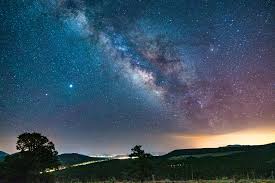
FAQs
Q1. How can we solve light pollution for kids?
we can shine lights down at the ground instead of up into the sky, and use lower brightness levels.
Q2. How can we control the light pollution?
Use light only when needed. Turn lights off after use, or use active controls such as timers and motion detectors so that lights are on only when needed
Q3. What measures light pollution?
The Bortle scale provides an estimate of sky brightness and helps in interpreting how light pollution is affecting one’s view of night sky phenomena.
Q4. Is light pollution is Avoidable?
It can usually be avoided with careful lamp and luminaire selection and positioning
Q5. What are the sources of light at night?
Natural light sources at night include the moon, stars, planets, the Milky Way and zodiacal light

